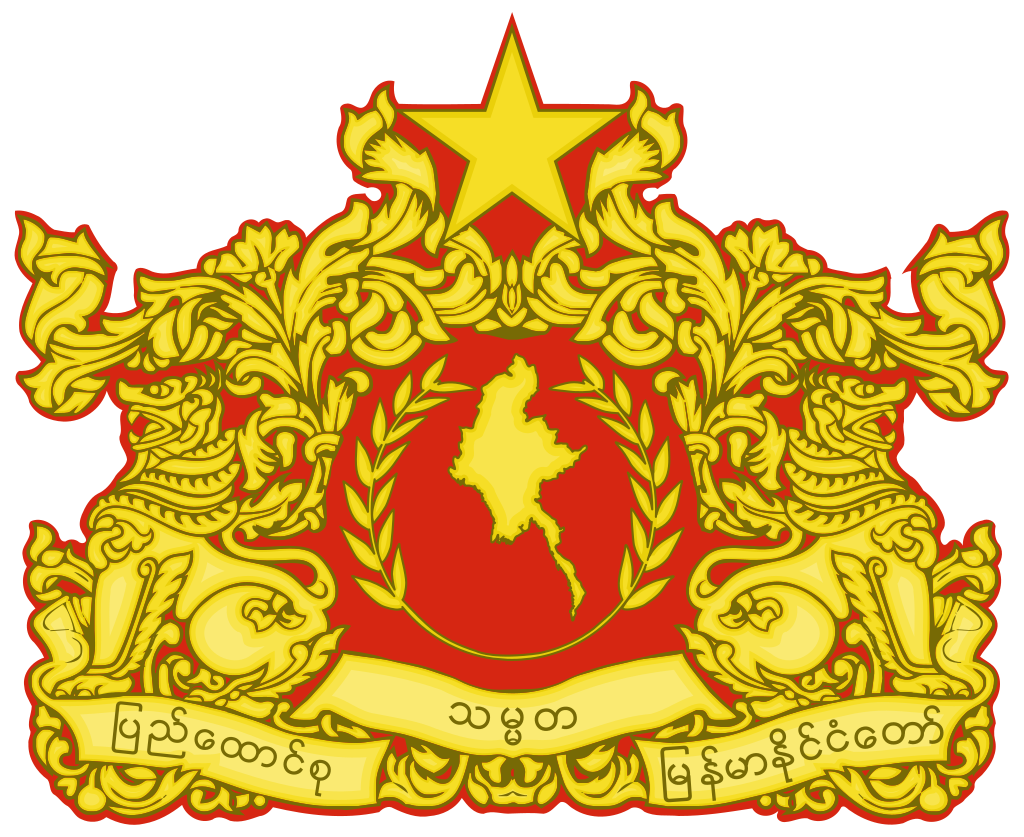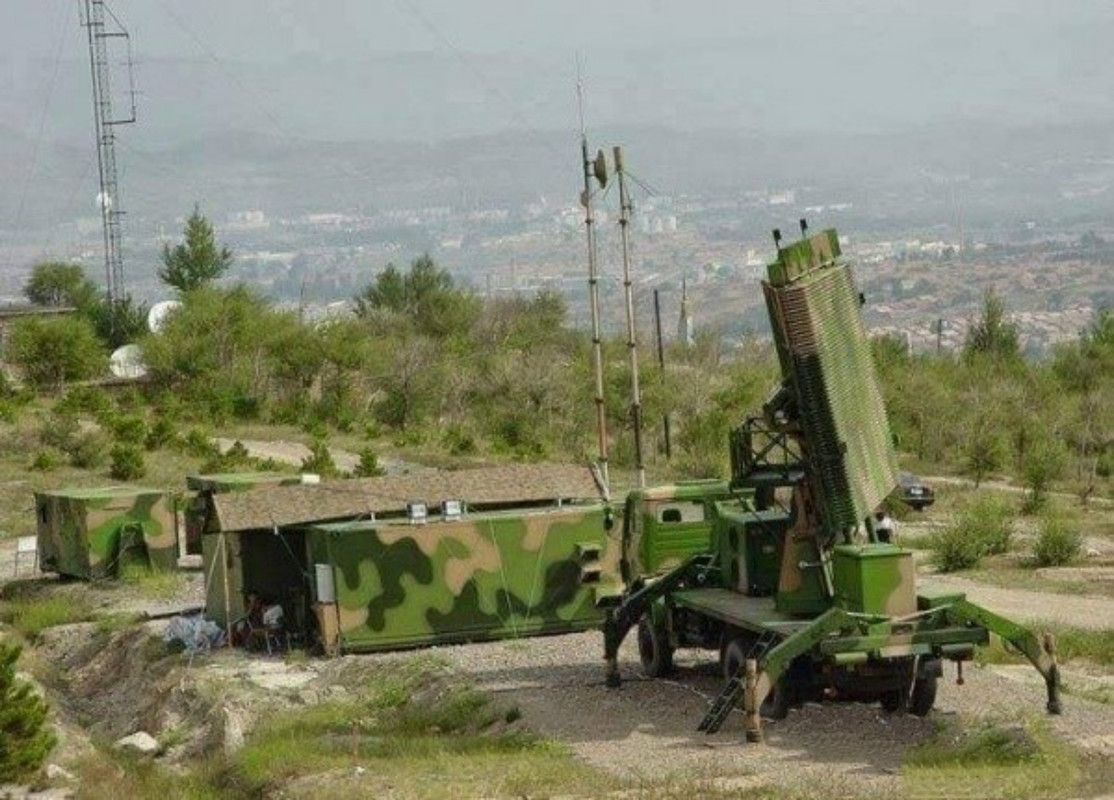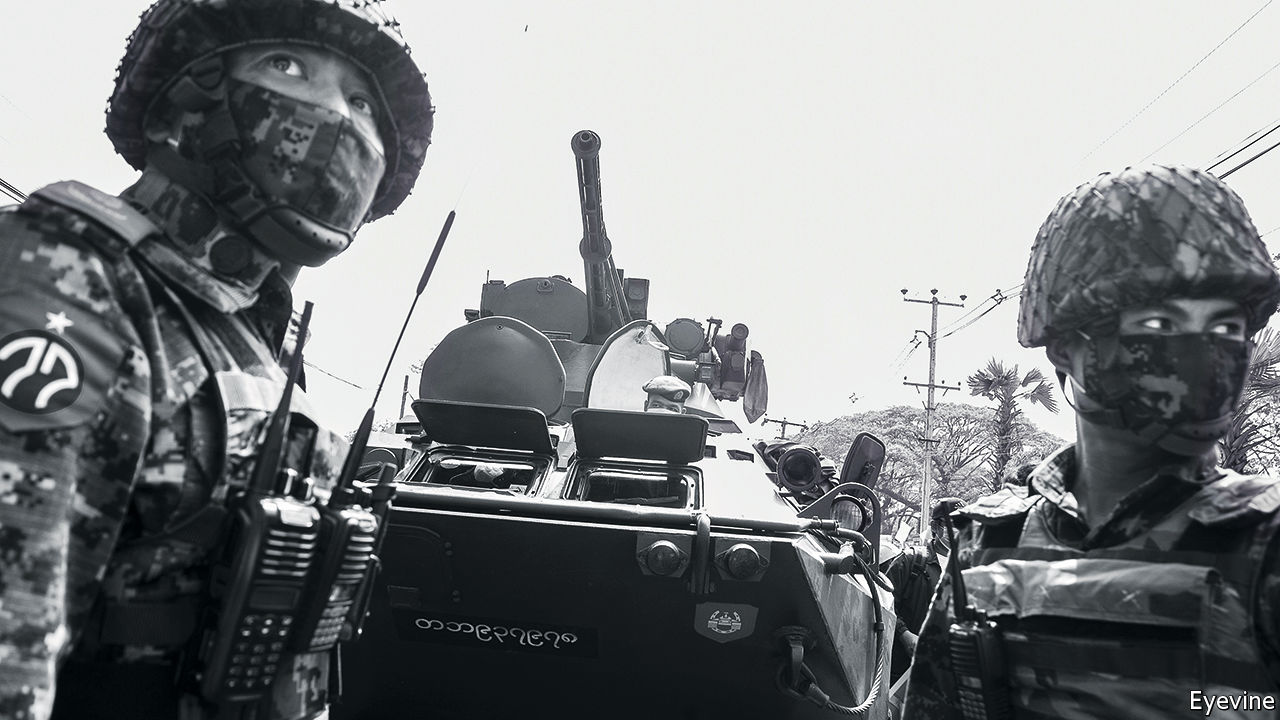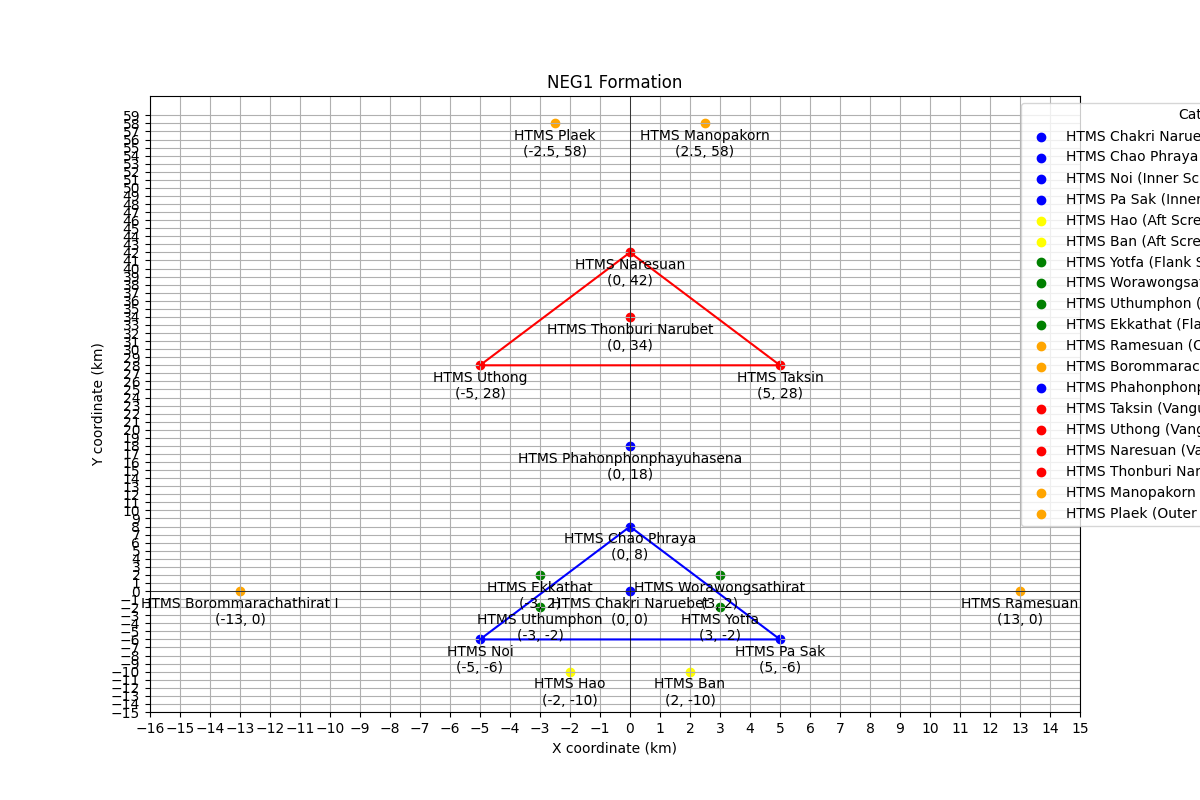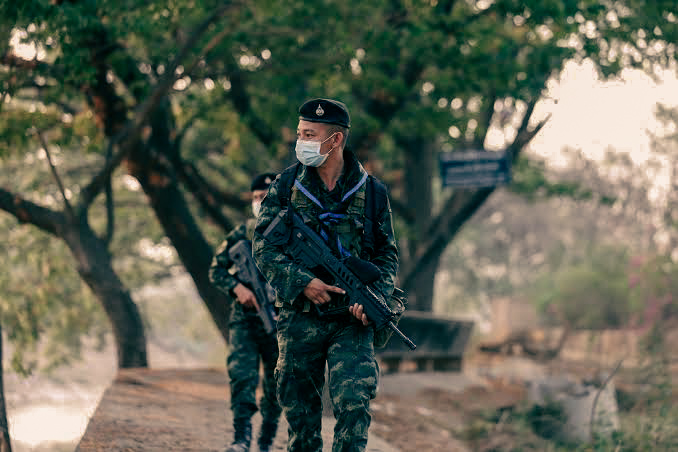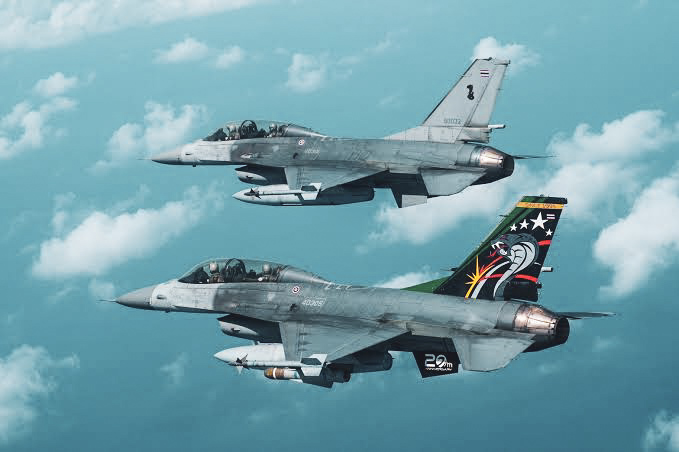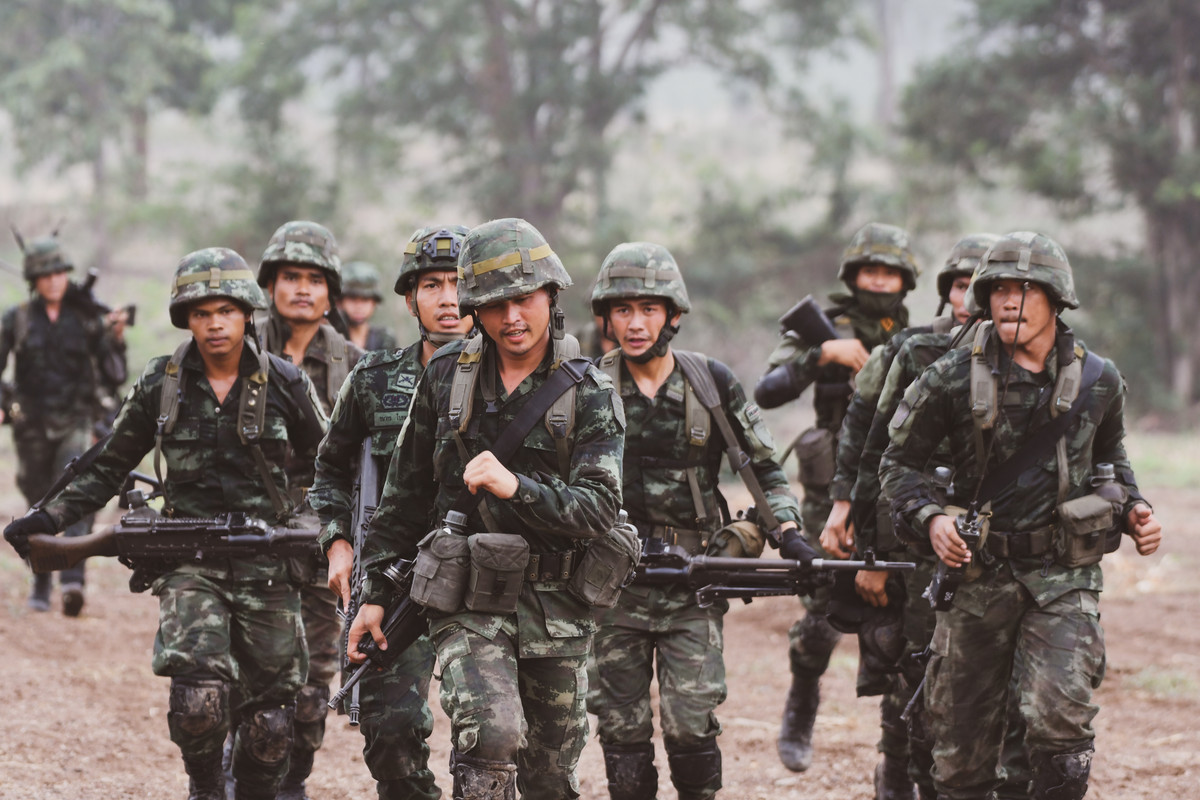- May 4, 2021
- 3,615
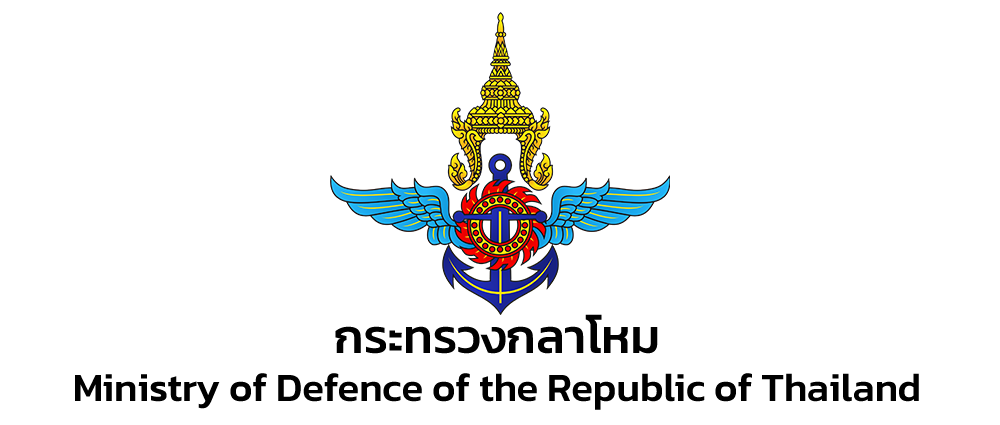
Title: Operation Savior I
Document Number: RTAF-SAIOR-001/2003
Classification: TOP SECRET
Security Level: Maximum Secure
Date: April 13, 2003
XI. IntroductionX
Background
Operation Resolute Falcon was compromised after a squadron of the 2nd Long Range Reconnaissance Company of the 2nd Infantry Division was captured and taken hostage by the Karenni National People's Liberation Front. Such an action is a direct affront to the Thai Military pride, which has led to the initiation of Operation Savior I.
Objective
The objective of Operation Savior I is to search and rescue the captured squadron. Another goal of this operation, if possible, is to topple the Myanmar Military Government and install a democratic one.
XII. Command and ControlX
2.1 Guidance
This operation is conducted under the guidance of the Defense Minister, Gen. Chavalit Yongchaiyudh, and approval from Prime Minister Thaksin Shinawatra.
XIII. Operational ForcesX
Thai Navy's First Fleet
- Naval Expeditionary Group One l(NEG1)
- 3 Chakri Narubet-class light aircraft
- 1,202 (+601) Crews
- 48 Kamov Ka-50
- HTMS Chakri Narubet
- HTMS Thonburi Naruebet
- 11 Naresuan-class Frigate
- 1,650 Crews
- HTMS Naresuan
- HTMS Taksin
- HTMS Uthong
- HTMS Ramesuan
- HTMS Borommarachathirat I
- HTMS Yotfa
- HTMS Worawongsathirat
- HTMS Uthumphon
- HTMS Ekkathat
- HTMS Hao
- HTMS Ban
- 1,650 Crews
- 3 Gepard-class Frigate
- 282 Crews
- HTMS Chao Phraya
- HTMS Noi
- HTMS Pa Sak
- 282 Crews
- RTNAF Squadron 101
- 11 Kamov Ka-226
- 80 Crews
- 3 Chakri Narubet-class light aircraft
- Submarine Squadron (SS)
- 3 Preveza-class, Type 209 Variant Submarine
- 108 Crews
- HTMS Manopakorn
- HTMS Phahonphonphayuhasena
- HTMS Plaek
- 108 Crews
- 3 Preveza-class, Type 209 Variant Submarine
XIV. ExecutionX
4.1 Initial Deployment
All personnel will be reported to the respective base with all necessary equipment per the Defense Ministry documents.
4.2 Communication
Effective communication among all the units must be maintained. Any unidentified or suspicious activity must be reported to the command center immediately.
4.3 Rules of Engagement
Engagement will be in accordance with the established Rule of Engagement (ROE) with the application of Immediate Action (IMA) and international laws. The use of force must be proportionate, and only used in self-defense or to deter identified threats after all non-lethal methods have been exhausted.
4.4 Support
Logistic support, including fuel, supplies, and maintenance, will be provided by the respective naval bases.
XV. CoordinationX
5.1 Inter-agency
Liaise with maritime agencies such as the Navy, Coast Guard, and Air Force to ensure maximum coverage and sharing of intelligence.
5.2 International
In case any foreign vessels or units are involved, contact must be established with the respective embassies or consulates and the situation must be reported to the Ministry of Foreign Affairs.
XVI. ConclusionX
The Defense Ministry has mobilized all necessary resources for the mission of search and rescue of Operation Savior I. The Defense Ministry expects that its contribution will help topple to illegitimate Myanmar Military government and install a democratically-elected government.
[Signature]
Gen. Chavalit Yongchaiyudh
Defence Minister
[Signature]
Thaksin Shinawatra
Prime Minister, Republic of Thailand
Document Clearance:
The Office of the Prime Minister
The Ministry of Foreign Affairs
The National Intelligence Agency
The Republic Thai Air Force Command Center
The Republic Thai Navy Command Center
The Republic Thai Armed Forces Special Warfare & Operation Command
Distribution List:
The Office of the Prime Minister
The Ministry of Foreign Affairs
The National Intelligence Agency
The Republic Thai Air Force Command Center
The Republic Thai Navy Command Center
The Republic Thai Police
The Republic Armed Forces Headquarters
The Republic Thai Air Defense Command
The Naval Special Warfare Command
Last edited:




